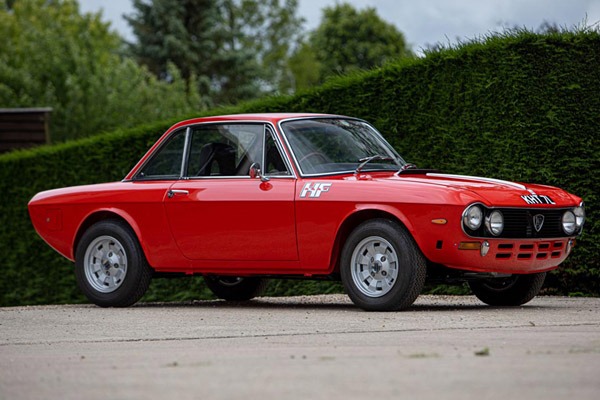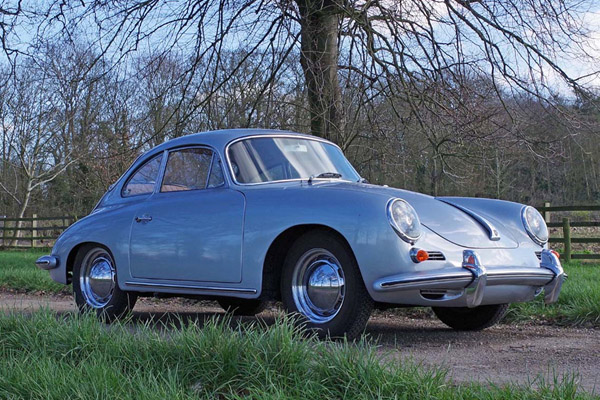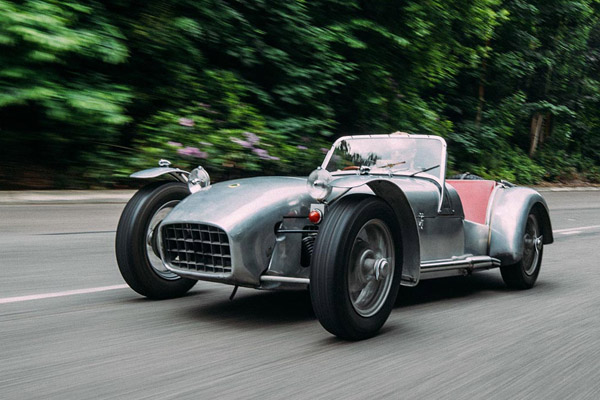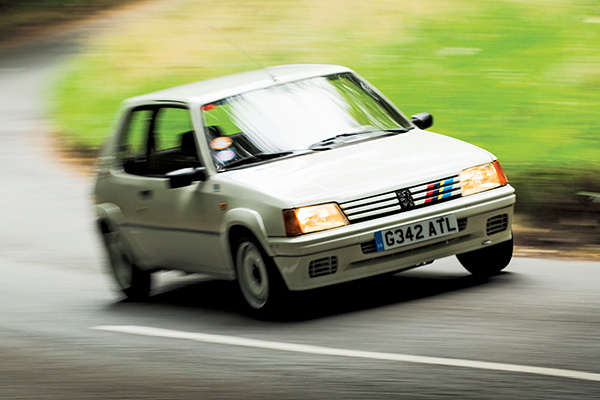10 April 2025
Cars have, over the years, gotten larger and heavier. This is for a number of reasons, including safety and buyer demand for space and luxury. So even the most mundane of classic cars is likely to be considered lightweight by today’s standards. And there are of course a large number of lightweight classics – such as the Mini and Fiat 500 – that were light straight from the start, rather than deliberately tweaked or engineered to be so.
However, there are a number of classics that were made light even in their own time; committed featherweight challengers, often built with performance in mind. Here, we highlight some of the past’s best lightweight models.
Lotus Elan
![]()
Photo courtesy of "Iconic Auctioneers".
We could easily compile this entire list just with Lotus models, such was the company’s commitment to reducing weight. Colin Chapman’s oft quoted mantra of “simplify, then add lightness” was the driving principle behind his hugely successful racing cars as well as his road machines.
The Elan was a particular exponent of this, with a Lotus Ford Twin Cam engine producing around 100hp depending on specification. But in a car tipping the scales at a fraction over 500kg, that was more than enough to make the Elan a nippy machine indeed. Add in the well balanced nature and fine handling set-up, and the Elan has proven a popular classic for decades.
Lancia Fulvia Coupe HF

Another firm that greatly believed in low weight as a means of improving performance was Lancia. The likes of its Stratos combined a tiny coupe body with prodigious Ferrari power, but before that came the rallying Fulvia Coupe HF.
Lancia stripped out many heavy metal panels, replacing them with lighter aluminium doors, bonnet, and bootlid, as well as replacing the glass with plastic. It would be considered an homologation special nowadays, and helped keep the kerbweight below 900kg, which served the 165hp V4 1.6-litre engine nicely.
Austin Healey Sprite
![]()
The MkI Sprite is most famous for its ‘Frogeye’ appearance, but it was a fearsome hillclimber, making the most of its small proportions and low kerbweight. Coming in at only 664kg, the Sprite made good use of its unitary construction, removing the need for a chassis – the first mass-produced sports car to be built as such.
Originally intended with pop-up headlights, Austin Healey ditched these for a fixed arrangement as part of weight saving measures, giving the car its nickname, but proved a practical two-seater roadster for those not using it in competition.
Porsche 356

The Stuttgart manufacturer has built up a huge reputation for “lightweighting” its cars, particularly with various GT iterations of its 911. But it was the original Porsche – the 356 – which set the foundations for this.
The lightest version was the earliest model, coming in at just 600kg for the coupe, and 585kg for the roadster. Over the years it gained a little weight thanks to more powerful engines and a demand for luxuries, but even the last of the line was still less than a tonne.
Lotus Seven

Yes, another Lotus, but as the original road car from the firm, and the lightest in this list by quite some margin, it’s no surprise the Seven made it in. Built on a spaceframe chassis, using aluminium and glassfibre bodywork, the Seven kept weight down to just under 390kg in original form – the ultimate driver-focused machine of the time.
Having been made for decades since, first by Lotus, and subsequently by Caterham, the Seven has got larger, heavier, and more powerful, but remains one of the most lightweight cars available new or used.
Peugeot 205 Rallye

Photo Courtesy of "Classic And Sports Car".
The ‘Rallye’ badge has a bit of a cult following, with one section of Peugeot buyers reckoning the GTi models are a bit too sophisticated, wanting instead real back-to-basics performance. By stripping out elements like much of the sound-proofing and the stereo, weight as reduced by almost 100kg over the 205 GTi 1.6.
Powered by a 1.3-litre unit, tweaked by Peugeot Talbot Sport, the 102hp engine revved to almost 7,000rpm, and featured a close-range gearbox and GTi-spec brakes for real pocket rocket performance. Demand far outstripped supply, so Peugeot replicated the feat with the 106 when that came along.

COMMENT